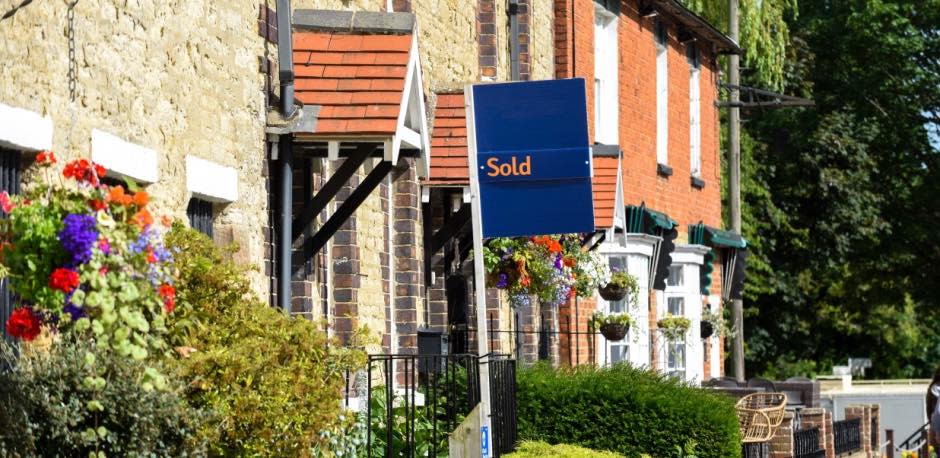UK house prices unexpectedly fell in March, according to fresh data that suggests there was a pause in the market’s recovery as mortgage rates fluctuated in early 2024.
House prices fell 0.2 per cent month on month in March, following a 0.7 per cent expansion in February, the lender Nationwide reported on Tuesday.
Prices were still 1.6 per cent higher than in March last year, taking the average cost of a property to £261,142. This was the strongest annual rate rise since December 2022, despite being smaller than forecast.
Economists polled by Reuters expected a month-on-month rise of 0.3 per cent and an annual increase of 2.4 per cent. Analysts monitor Nationwide house prices as a timely indicator of the health of the property market, which affects the wider economy and is important for monetary policy decisions.
Robert Gardner, Nationwide’s chief economist, said: “Activity has picked up from the weak levels prevailing towards the end of 2023 but remains relatively subdued by historic standards.”
This largely reflected the impact of higher interest rates on affordability, he added. “While mortgage rates are below the peaks seen in mid-2023, they remain well above the lows prevailing in the wake of the pandemic.”
Quoted mortgage rates dropped in the second half of last year from their peak in the summer of 2023 following a faster than expected fall in inflation and expectations that the Bank of England will cut interest rates several times this year from the 16-year high of 5.25 per cent. This has prompted a recovery in mortgage approvals and house prices.
However, since February, mortgage rates have edged up again because of concerns about stickier price pressures.
Markets are pricing in that the BoE will start cutting interest rates in June or August, and that the benchmark rate will drop to 4.5 per cent by the end of the year.
Tom Bill, head of UK residential research at estate agent Knight Frank, said: “The direction of travel for the UK market has been sideways so far this year.
“Demand will be unleashed once there is a more permanent drop in mortgage rates and that requires fewer mixed signals around inflation and a rate cut to appear firmly on the horizon,” he predicted.
Rob Wood, economist at Pantheon Macroeconomics, said March’s fall in house prices was “just a blip”. With mortgage rates falling and real wages increasing, he expected house prices to rise 4 per cent year on year in 2024.
The average house price in March was £12,600 below its August 2023 peak, reflecting the hit from higher borrowing costs, according to Nationwide. However, it was still £45,200 above the price in January 2020, before the pandemic, reflecting the housing boom prompted by historically low interest rates during the health crisis.
Northern Ireland was the best-performing area, with prices up by an annual rate of 4.6 per cent in the first quarter of the year, Nationwide reported. The North and Scotland also showed strong annual increases of 4.1 per cent and 3.7 per cent respectively.
In contrast, the South West and East Anglia reported annual falls of 1.7 per cent and 1.3 per cent respectively.
London was confirmed to be the most expensive region, with an average house price of £519,505. Prices rebounded in the capital in the first three months showing an annual increase of 1.6 per cent, up from a 2.3 per cent contraction in the last quarter of 2023.
This article was written by Valentina Romei from The Financial Times and was legally licensed through the DiveMarketplace by Industry Dive. Please direct all licensing questions to legal@industrydive.com.

